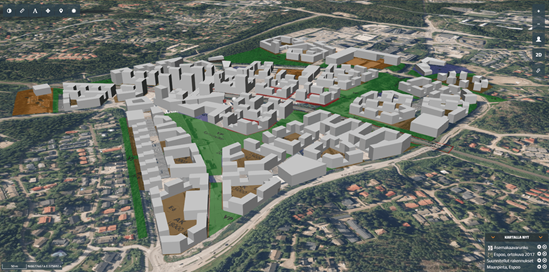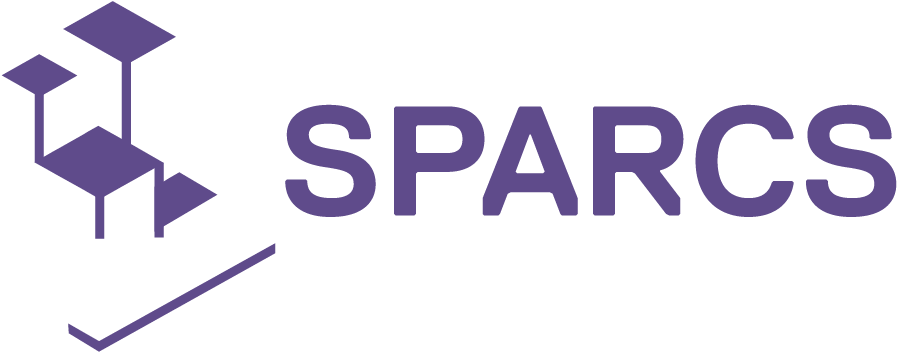The role of 3D city models in PED development
3D city models have become common geospatial data assets for cities as they can be utilized in numerous fields and tasks related to e.g. city planning, visualization, and decision-making. As part of the SPARCS activities related to city planning for positive energy blocks (task T3.2.3), the City of Espoo explored the benefits of using 3D city models in pursuing new opportunities and implementing solutions for positive energy districts (PEDs). The main findings of this study have been published in the report “The role of 3D city models in PED development”, which can be accessed through the link below.
The report not only describes how Espoo’s own 3D city model is being used and maintained, but also how the city planning process in general works in Espoo. The report also includes an analysis of the strengths, weaknesses, opportunities and threats of Espoo’s 3D city model. Furthermore, the report contains information about the role of the 3D city model in the city planning process of the Kera district. The role of 3D models in the city planning process of the Kera district is covered in a separate chapter.
The city model of Espoo is a constantly evolving 3D model, that follows the OGC CityGML 2.0 standard. CityGML (Geography Markup Language) is an open data model for the storage and exchange of virtual 3D city models.

